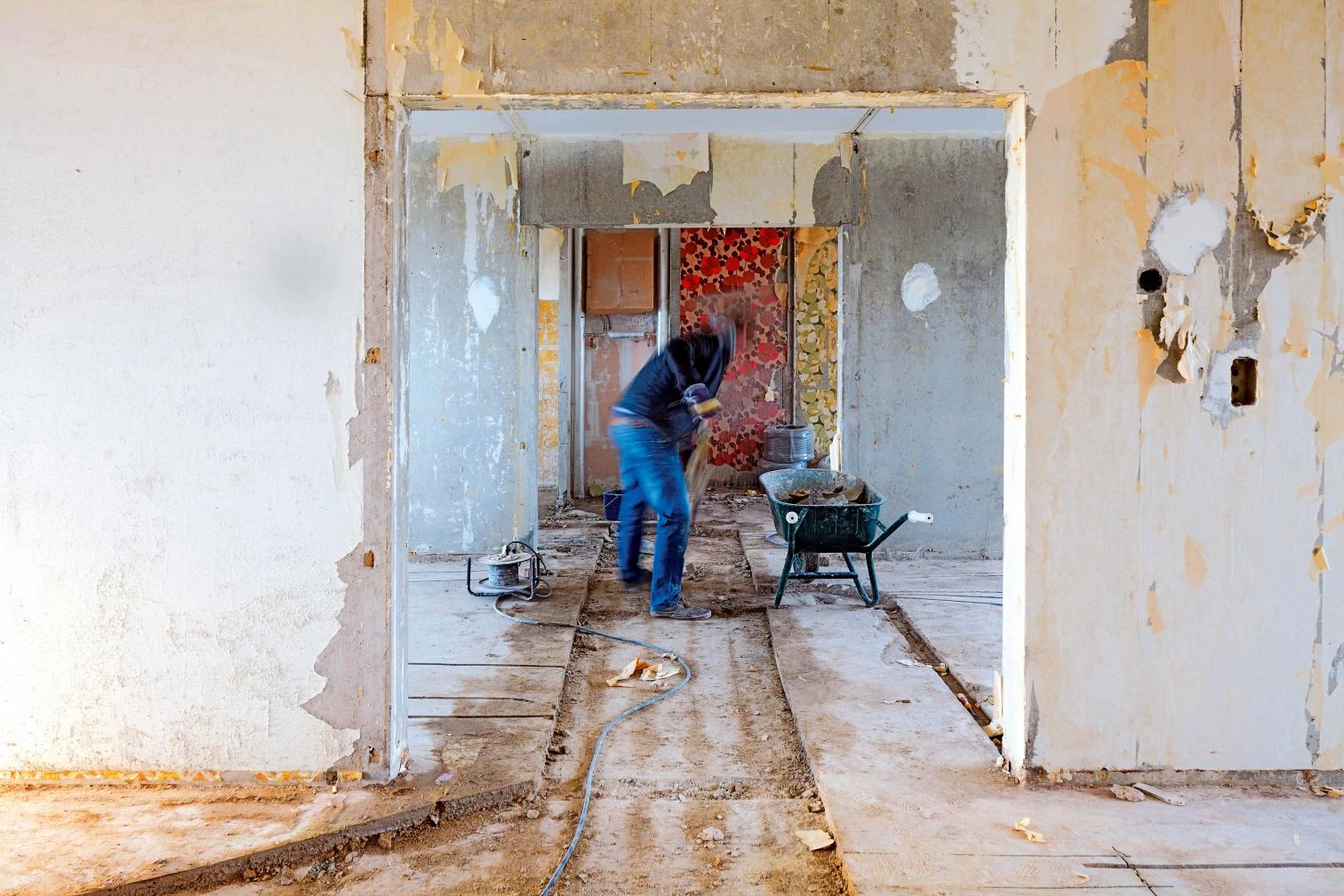Life is Periphery

Architecture is center, life is periphery. We associate the European city with the medieval quarters and the extensions of the 19th century, but most of the population lives in the peripheries. The political and social will to improve the everyday life of citizens must have its central core on the outskirts, because it is there that people concentrate, there that investments render better communal benefits, and there that the physical regeneration of the urban fabric is more beneficial to global sustainability. Already a quarter of a century ago, Barcelona became a model for civic transformation with a fortunate motto: ‘hygienize the center, monumentalize the periphery.’
Today, when the problems of centers are rather gentrification and intensive touristic use, and when peripheries have been equipped with the material and symbolic infrastructures that give them identity, a new motto could be promoted: ‘open the center, restore the periphery.’ Opening the monumental, institutional, and cultural center to all city residents, and not only to those privileged to live in it or to enjoy it as a tourist destination; and restoring the residential fabric of the peripheries, because that is where the essential issue of sustainability should be tackled, improving living conditions and energy performance without resorting to demolition or to the displacement of residents.
If refurbishing has social and political benefits, the thermodynamic ones are no less important, as the energy and information stored in buildings are preserved, instead of entropically scattering what was accumulated using materials, energy, and human work. Refurbishing enhances the building physically, besides reducing its energy consumption needs; but this transformation also improves accessibility, and often extends the inhabitable area; and insofar as the facade almost always undergoes technical and functional alterations, the external appearance of the building is significantly modified, adopting a renewed aesthetic that gives the building a fresher image and appeal.
Materially, functionally, and symbolically improved, the dwelling on the outskirts becomes a coveted residence. Many still perceive urban peripheries as desolate and melancholy extensions, commuter districts with no other lure than the moderate price of homes and their proximity to workplaces; however, those European peripheries are often vibrant places brimming with life and activity, with retail, spaces for leisure, health facilities, and schools. If our city centers are no longer what they used to be, peripheries no longer resemble the conventional image of a lifeless place. Architecture is center, but life is above all periphery.





